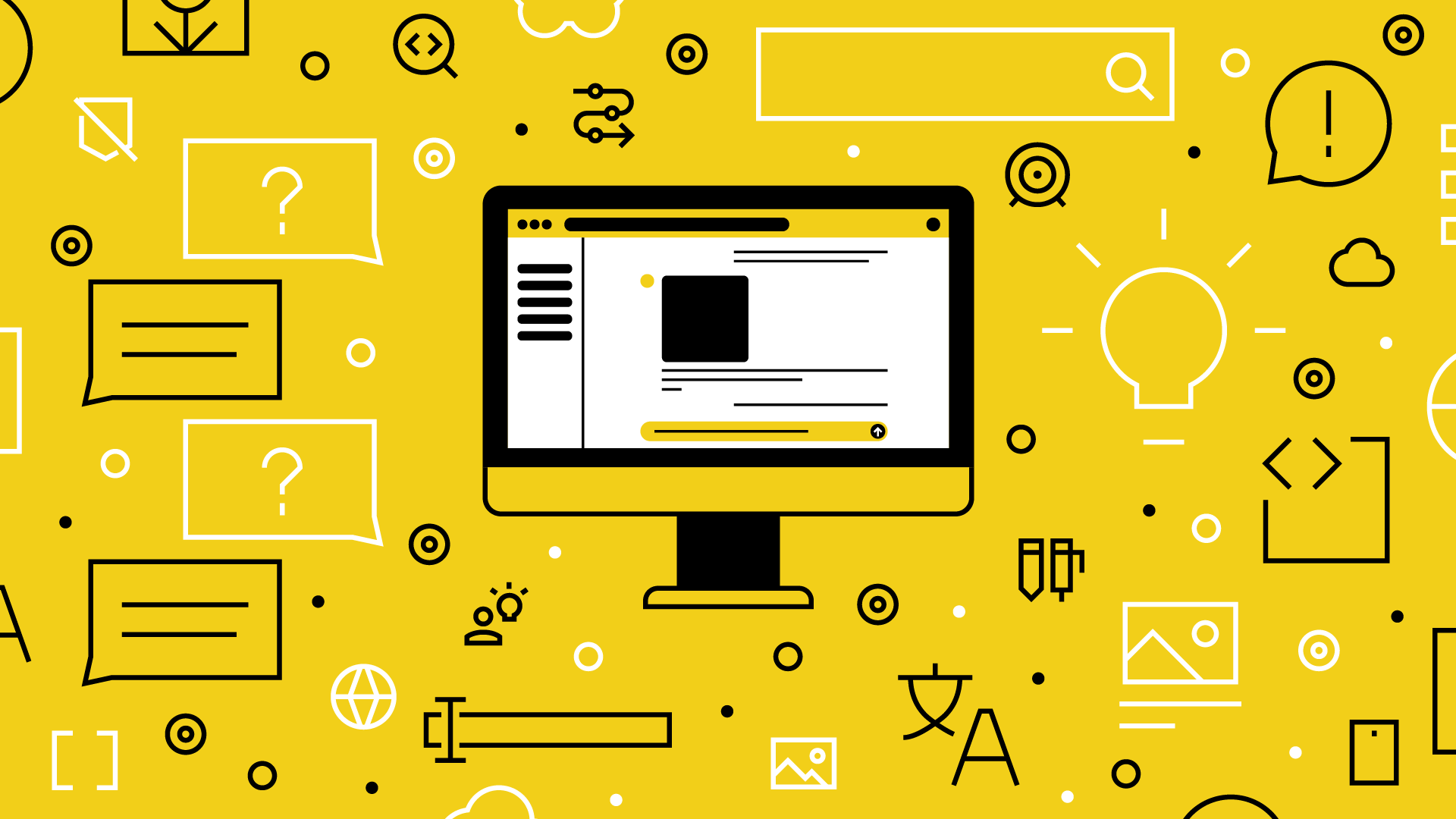
The Good and the Bad of ChatGPT
Launched in fall of 2022, ChatGPT, an AI language model developed by OpenAI, has been a huge part of the artificial intelligence revolution – and seemingly endless controversy – ever since.
Use of the chatbot is gradually increasing but remains relatively low. In a February 2024 survey, 23% of U.S. adults who responded said they had used ChatGPT. The same survey found that 20% of employed Americans have used it for work; among U.S. adults overall, 17% said they have used ChatGPT to learn something new, and another 17% said they have used it for entertainment.
Like any technology, ChatGPT comes with its own advantages and challenges. It’s important to understand these pros and cons so you can be smart about how you use it and how you interpret information generated by it.
Pros of ChatGPT:
- It can function as a smart search engine. When you search for something on Google, you’ll get a list of web pages, which you can then look through to find the information you need. When you use ChatGPT in the same way, the app generates a human-like response based on scouring a huge amount of data, potentially giving you the answer you need in seconds.
- It has a good memory. Because it’s designed to act conversationally, ChatGPT allows you to ask follow-up questions, request clarification, add on to your original request without starting over, and more, giving you a more human-like interaction. It even remembers chats from weeks and even months prior, so you can refer back to old chats as needed.
- It’s versatile. ChatGPT can be used to answer simple questions, to explain complicated topics, to offer recommendations, to help study or learn something new, to find solutions to a problem, and much more.
- It’s multilingual. ChatGPT can understand and generate text in a variety of languages. That means it can be used to translate words and phrases, help you prepare for a trip to another country, and help you practice conversations in other languages.
- It’s adaptable. ChatGPT can be fine-tuned and customized to better suit specific needs, industries, or topics. It can even adjust its responses based on the user’s knowledge or reading level, ensuring that almost anyone can use it. ChatGPT is constantly evolving – keep reading to discover its new and improve features as of 2024.
Cons of ChatGPT:
- It can generate incorrect or misleading information. ChatGPT doesn’t have access to real-time data and relies on the knowledge it was trained on, which may be outdated or incomplete.
- It may struggle with complex subjects. The app can potentially misunderstand or misinterpret context, giving you responses that are irrelevant or off-topic. And it can reflect biases that may exist in the data it was trained on.
- It can lead to ethical issues. ChatGPT and other types of AI can be used to deceive or manipulate users or even to spread misinformation.
- It can expose you to privacy risks. Using ChatGPT involves sharing data, which could potentially be exposed to misuse. While measures are in place to protect user data, there is always a risk of data breaches.
- It lacks creativity. While ChatGPT can generate creative content, it lacks true creativity and originality, as it relies upon patterns from existing data. It’s a good tool for coming up with new ideas, but not necessarily for creating the next great novel or screenplay word-for-word.
New in ChatGPT
In the summer of 2024, ChatGPT introduced several new features to enhance its functionality and improve the user experience:
- Users can now provide specific instructions on how they want ChatGPT to respond, including tone and style.
- Enhanced natural language understanding capabilities allow ChatGPT to better grasp the context of conversations.
- The app can now process and respond to image inputs in addition to text, meaning it can both understand and generate descriptions of images.
- The model has been updated with more recent information, improving its ability to provide current data and insights across a broader range of topics.
- New educational features include interactive learning modules and personalized tutoring sessions, making ChatGPT a more powerful tool for education and training.
ChatGPT is a useful and versatile tool. However, it’s important to be aware of its limitations. By leveraging its strengths while remaining mindful of its shortcomings, you can effectively incorporate ChatGPT into your own tech toolkit to enhance your knowledge and skills.